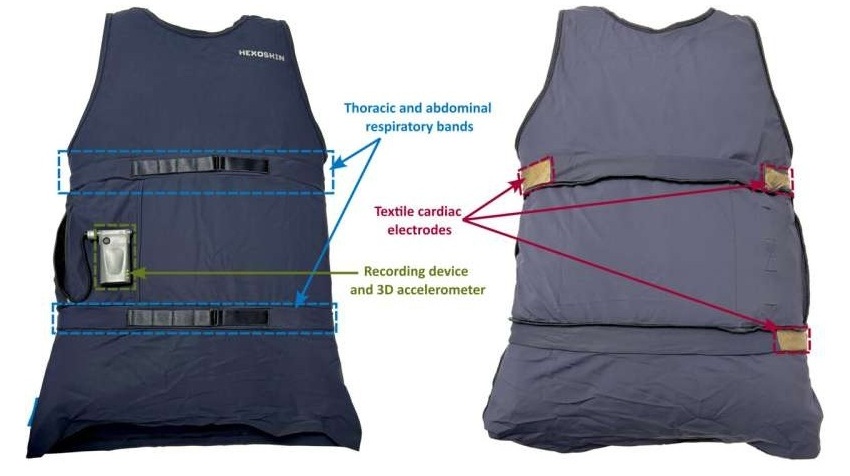Breast Tumor Localization Implant Removes Time Constraints
|
By HospiMedica International staff writers Posted on 29 Nov 2017 |
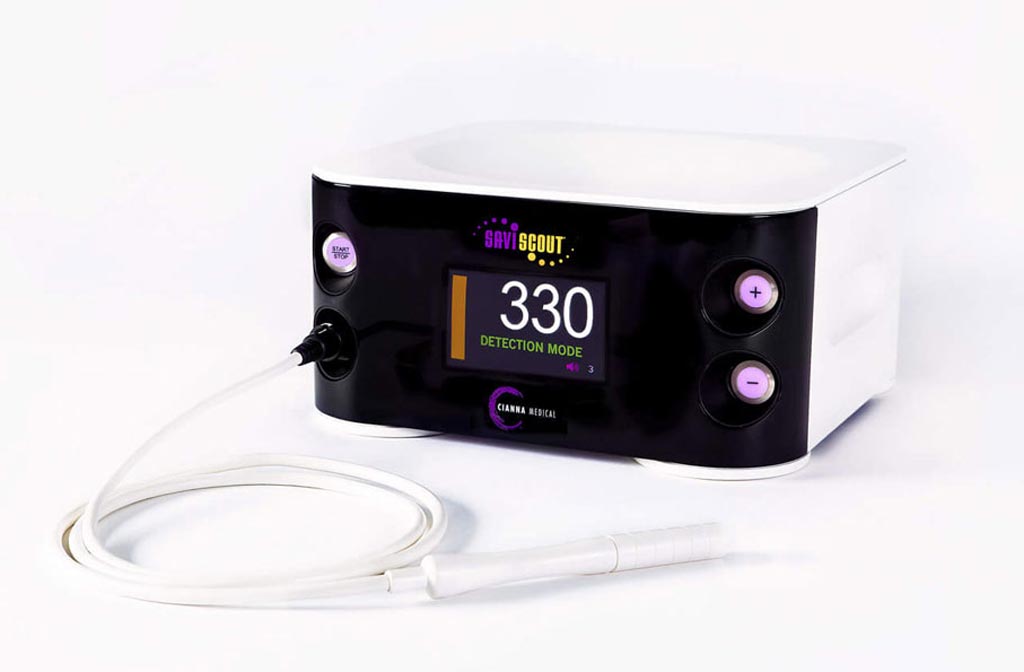
Image: The Savi Scout surgical guidance system (Photo courtesy of Cianna Medical).
A novel non-radioactive breast tumor localization system used can be implanted with no restrictions on the length of time the reflector can remain in the breast.
The Cianna Medical (Aliso Viejo, CA, USA) Savi Scout breast tumor localization system uses electromagnetic (EM) wave technology to provide real-time audible and visual indicators for target tissue acquisition during breast conservation procedures, with a 360˚ detection capability and a pinpoint accuracy of one millimeter. The system is based on a passive reflector placed in the target tissue prior to surgery by an interventional radiologist. During the procedure, the surgeon uses a special handpiece that emits EM radar waves to locate the reflector and plan the incision.
The reflector is completely passive until activated, allowing patients to continue with all activities; and because it does not interfere with magnetic resonance imaging (MRI) scans, it provides physicians with maximum flexibility for its localization at any time during the continuum of care. During the lumpectomy or surgical biopsy, the surgeon scans the breast using the Scout guide, which emits 50 million pulses per second, in order to lock on to the reflector’s position. The reflector and target tissue can then be safely removed.
“I applaud the vision of all our physicians and health systems who are leading the way in offering a new standard of care in breast tumor localization,” said Jill Anderson, President and CEO of Cianna Medical. “Scout has become the most precise and broadly applicable non-wire localizing system in the industry, and more than 170 leading medical centers across the United States have adopted Scout radar breast localization and surgical guidance system as an alternative to placing wires on the day of surgery.”
The standard preoperative technique for localizing non-palpable breast lesions, developed more than 20 years ago, is wire localization, which involves a radiopaque wire inserted into the breast by a radiologist prior to surgery using mammography or ultrasound guidance. The surgeon can subsequently be guided directly to the target tissue.
Related Links:
Cianna Medical
The Cianna Medical (Aliso Viejo, CA, USA) Savi Scout breast tumor localization system uses electromagnetic (EM) wave technology to provide real-time audible and visual indicators for target tissue acquisition during breast conservation procedures, with a 360˚ detection capability and a pinpoint accuracy of one millimeter. The system is based on a passive reflector placed in the target tissue prior to surgery by an interventional radiologist. During the procedure, the surgeon uses a special handpiece that emits EM radar waves to locate the reflector and plan the incision.
The reflector is completely passive until activated, allowing patients to continue with all activities; and because it does not interfere with magnetic resonance imaging (MRI) scans, it provides physicians with maximum flexibility for its localization at any time during the continuum of care. During the lumpectomy or surgical biopsy, the surgeon scans the breast using the Scout guide, which emits 50 million pulses per second, in order to lock on to the reflector’s position. The reflector and target tissue can then be safely removed.
“I applaud the vision of all our physicians and health systems who are leading the way in offering a new standard of care in breast tumor localization,” said Jill Anderson, President and CEO of Cianna Medical. “Scout has become the most precise and broadly applicable non-wire localizing system in the industry, and more than 170 leading medical centers across the United States have adopted Scout radar breast localization and surgical guidance system as an alternative to placing wires on the day of surgery.”
The standard preoperative technique for localizing non-palpable breast lesions, developed more than 20 years ago, is wire localization, which involves a radiopaque wire inserted into the breast by a radiologist prior to surgery using mammography or ultrasound guidance. The surgeon can subsequently be guided directly to the target tissue.
Related Links:
Cianna Medical
Latest Surgical Techniques News
- Breakthrough Surgical Device Redefines Hip Arthroscopy
- Automated System Enables Real-Time "Molecular Pathology" During Cancer Surgery
- Groundbreaking Procedure Combines New Treatments for Liver Tumors
- Ablation Reduces Stroke Risk Associated with Atrial Fibrillation
- Optical Tracking Method Identifies Target Areas in Robot-Assisted Neurosurgery
- General Anesthesia Improves Post-Surgery Outcomes for Acute Stroke Patients
- Drug-Coated Balloons Can Replace Stents Even in Larger Coronary Arteries
- Magnetic Kidney Stone Retrieval Device Outperforms Ureteroscopic Laser Lithotripsy
- Absorbable Skull Device Could Replace Traditional Metal Implants Used After Brain Surgery
- Magic Silicone Liquid Powered Robots Perform MIS in Narrow Cavities
- 'Lab-on-a-Scalpel' Provides Real-Time Surgical Insights for POC Diagnostics in OR
- Biodegradable Brain Implant Prevents Glioblastoma Recurrence
- Tiny 3D Printer Reconstructs Tissues During Vocal Cord Surgery
- Minimally Invasive Procedure for Aortic Valve Disease Has Similar Outcomes as Surgery
- Safer Hip Implant Design Prevents Early Femoral Fractures
- New Nanomaterial Improves Laser Lithotripsy for Removing Kidney Stones
Channels
Critical Care
view channel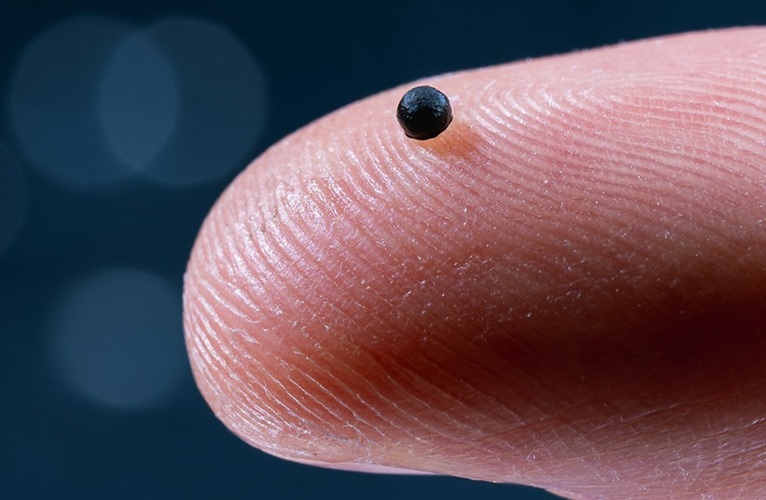
Magnetically Guided Microrobots to Enable Targeted Drug Delivery
Stroke affects 12 million people globally each year, often causing death or lasting disability. Current treatment relies on systemic administration of clot-dissolving drugs, which circulate throughout... Read more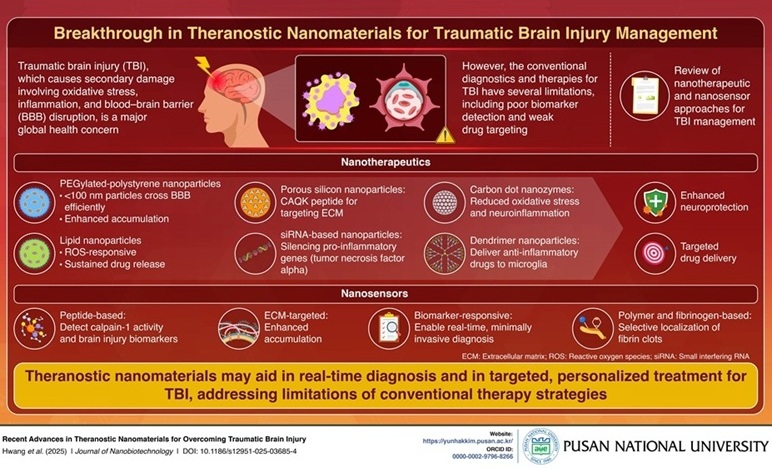
Smart Nanomaterials Detect and Treat Traumatic Brain Injuries Simultaneously
Traumatic brain injury (TBI) continues to leave millions with long-term disabilities every year. After a sudden impact from a fall, collision, or accident, the brain undergoes inflammation, oxidative stress,... Read more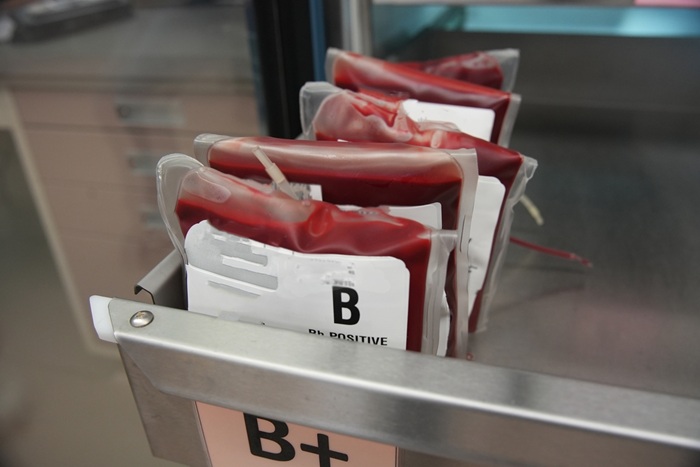
Earlier Blood Transfusion Could Reduce Heart Failure and Arrhythmia in Heart Disease Patients
Blood loss during or after surgery can place significant stress on people with heart disease, increasing the risk of dangerous complications. Transfusions are often delayed until hemoglobin levels fall... Read morePatient Care
view channel
Revolutionary Automatic IV-Line Flushing Device to Enhance Infusion Care
More than 80% of in-hospital patients receive intravenous (IV) therapy. Every dose of IV medicine delivered in a small volume (<250 mL) infusion bag should be followed by subsequent flushing to ensure... Read more
VR Training Tool Combats Contamination of Portable Medical Equipment
Healthcare-associated infections (HAIs) impact one in every 31 patients, cause nearly 100,000 deaths each year, and cost USD 28.4 billion in direct medical expenses. Notably, up to 75% of these infections... Read more
Portable Biosensor Platform to Reduce Hospital-Acquired Infections
Approximately 4 million patients in the European Union acquire healthcare-associated infections (HAIs) or nosocomial infections each year, with around 37,000 deaths directly resulting from these infections,... Read moreFirst-Of-Its-Kind Portable Germicidal Light Technology Disinfects High-Touch Clinical Surfaces in Seconds
Reducing healthcare-acquired infections (HAIs) remains a pressing issue within global healthcare systems. In the United States alone, 1.7 million patients contract HAIs annually, leading to approximately... Read moreHealth IT
view channel
Printable Molecule-Selective Nanoparticles Enable Mass Production of Wearable Biosensors
The future of medicine is likely to focus on the personalization of healthcare—understanding exactly what an individual requires and delivering the appropriate combination of nutrients, metabolites, and... Read moreBusiness
view channel
Philips and Masimo Partner to Advance Patient Monitoring Measurement Technologies
Royal Philips (Amsterdam, Netherlands) and Masimo (Irvine, California, USA) have renewed their multi-year strategic collaboration, combining Philips’ expertise in patient monitoring with Masimo’s noninvasive... Read more
B. Braun Acquires Digital Microsurgery Company True Digital Surgery
The high-end microsurgery market in neurosurgery, spine, and ENT is undergoing a significant transformation. Traditional analog microscopes are giving way to digital exoscopes, which provide improved visualization,... Read more
CMEF 2025 to Promote Holistic and High-Quality Development of Medical and Health Industry
The 92nd China International Medical Equipment Fair (CMEF 2025) Autumn Exhibition is scheduled to be held from September 26 to 29 at the China Import and Export Fair Complex (Canton Fair Complex) in Guangzhou.... Read more












